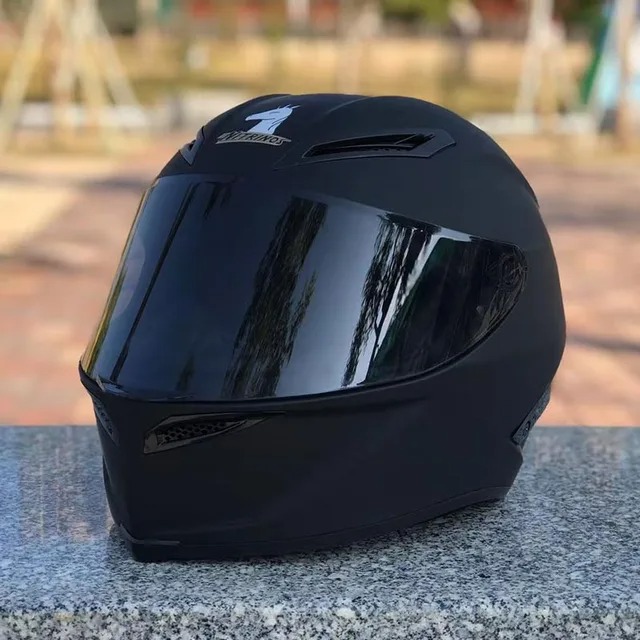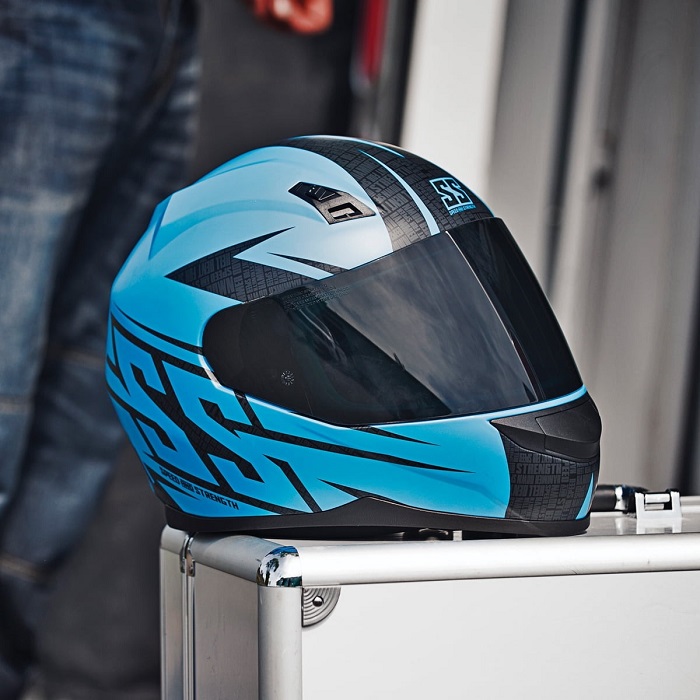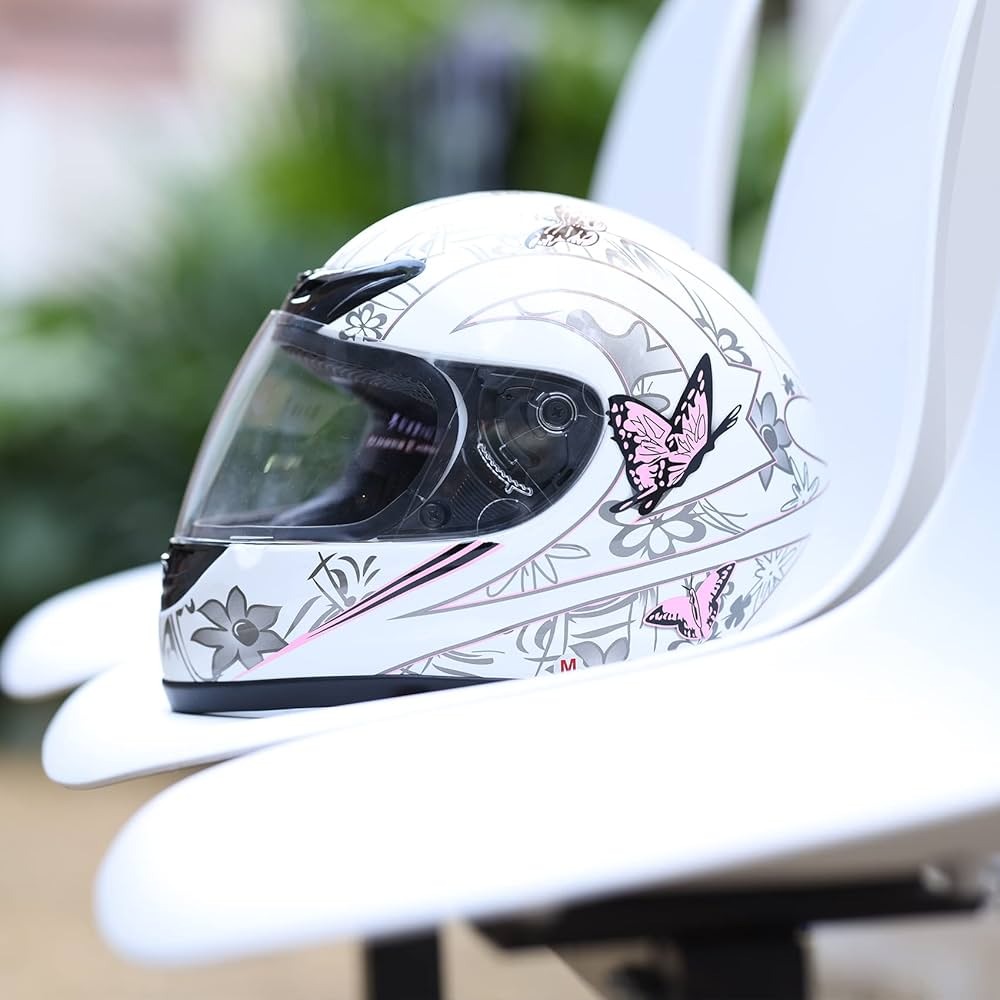Jan 22, 2025
How to Buy a Motorcycle Helmet: Essential Tips and Tricks
Importance of Selecting the Proper Helmet
When considering how to buy a motorcycle helmet, the first step is understanding the various safety standards that helmets must meet. Choosing the right motorcycle helmet is not just about style or price. It’s a critical decision for every rider’s safety and comfort. A helmet is the most important piece of gear to protect yourself in case of an accident. A good helmet can save your life and reduce the risk of head injury significantly.
When you select a helmet, you are ensuring your head is shielded from impacts. The helmet absorbs shock and lessens the blow to your skull in a crash. It also protects against road debris, wind noise, and harsh weather conditions. Without a proper helmet, even a minor accident can lead to a serious head injury.
Many riders overlook the importance of helmet fitting. A helmet that does not fit well can come off in a crash, leaving you unprotected. A well-fitting helmet stays secure on your head, providing maximum protection.
Helmets also offer comfort features. They need to be snug but not too tight. They should allow for good visibility and not impair your senses. Up-to-date helmets come with advanced features for better comfort and safety, including better cushioning and noise reduction.
Choosing the proper helmet is about taking responsibility for your own safety. It shows you respect the risks of riding a motorcycle and are taking steps to mitigate them. Remember, investing in a quality helmet is investing in your own safety. Every time you ride, your helmet is your best companion on the road. So, when you consider how to buy a motorcycle helmet, put safety first.
Different Types of Motorcycle Helmets

When considering how to buy a motorcycle helmet, knowing the different types available is essential. Different helmets offer varying levels of protection, comfort, and visibility. Here are the main types you’ll come across:
Full Face Helmets
Full face helmets provide the most coverage around your head and neck. They are the best choice for optimum protection. The front of the helmet typically has a clear or tinted visor that can be pulled down to protect the eyes and face from debris and wind.
Open Face Helmets
Open face helmets cover the top, back, and sides of your head but leave the face exposed. They offer more visibility and airflow but less protection than full face helmets.
Modular Helmets
Modular helmets combine the benefits of full face and open face helmets with a movable visor and chin bar. They can be opened for more air or closed for full protection.
Half Helmets
Half helmets protect the top of your head but leave your face and neck exposed. They offer the least protection but the greatest feeling of freedom and airflow.
Off-road/Motocross Helmets
Off-road or motocross helmets provide protection in rugged conditions. They have an extended chin guard and room for goggles. They are designed for use with off-road bikes and adventure touring.
Safety Standards and Certifications
When learning how to buy a motorcycle helmet, you must understand safety standards and certifications. These benchmarks ensure that helmets meet specific safety requirements and can protect riders during impacts. Let’s discuss the primary certifications you should look for when choosing a helmet.
DOT Certification
DOT stands for the Department of Transportation. Helmets with a DOT certification meet the Federal Motor Vehicle Safety Standard (FMVSS) 218. This certification indicates the helmet has undergone impact testing, penetration testing, and retention system evaluations. DOT certified helmets display a sticker showing their compliance. Always check for this as a basic safety requirement.
ECE Certification
The Economic Commission for Europe (ECE) sets a standard similar to DOT but with varying testing procedures. ECE certification includes tests for abrasion resistance, shock absorption, and rigidity. Recognized in over 50 countries, the ECE standard is widely accepted. ECE certified helmets bear a sticker indicating their compliance, usually found on the back.
Snell Certification
Snell certification is a higher benchmark that goes beyond the government’s requirements. The Snell Memorial Foundation conducts rigorous testing on helmets. This includes more severe impact tests, ensuring superior protection. Helmets with Snell certification are often more expensive but provide an extra level of safety assurance. Look for the Snell sticker inside the helmet before purchasing.
Key Features to Look For

When you dive into how to buy a motorcycle helmet, focus on key features. Here’s what to consider for safety, comfort, and utility.
Helmet Fit and Comfort
A helmet must fit well for the best protection. Look for a snug fit without pressure points. It should sit level on your head and not shift when you move. Padding should feel comfortable. Cheek pads must touch your face. Also, the helmet shouldn’t be too heavy. A proper fit ensures the helmet stays on during a crash.
Visor and Sun Shield Options
Good visibility is vital. A clear visor should not distort your view. Some helmets have tinted visors which help in bright sunlight. An anti-fog coating can keep your vision clear in cold or damp weather. Sun shields can be built-in or flip down. These options can increase your comfort in various lighting conditions.
Ventilation and Airflow
Helmets should have good airflow to keep you cool. Look for vents at the chin, sides, and back. These allow air to move over your head. This keeps you cooler and reduces visor fogging. A helmet with good ventilation also helps on longer rides. It makes wearing the helmet more pleasant.
Additional Accessories and Add-ons
When diving deeper into how to buy a motorcycle helmet, accessories can enhance your riding experience. Add-ons are not just about looks; they can add functionality and convenience. Let’s explore some popular motorcycle helmet accessories.
Bluetooth Integration
Modern helmets might come with Bluetooth compatibility or have space for aftermarket Bluetooth devices. Bluetooth integration in helmets allows you to easily connect with your smartphone. This enables hands-free calls, music streaming, and GPS navigation. For a safer ride, opt for helmets with built-in Bluetooth or ensure that an aftermarket device fits snugly.
Camera Mounts
Many riders love to record their rides. Camera mounts on helmets make this possible. Whether you want to capture scenic views or log your commutes, a camera mount is an excellent add-on. Look for helmets that can accommodate these mounts securely. Some helmets come with integrated camera mount systems. Always ensure the mount doesn’t compromise the helmet’s structure or your safety.
Maintenance and Care Tips for Helmets
Once you know how to buy a motorcycle helmet, it’s equally important to maintain it properly. Proper maintenance can extend the life of your helmet and ensure it provides the best protection. Here are some crucial tips for caring for your motorcycle helmet:
- Keep it clean. Regularly clean the outside of your helmet with mild soap and water. Avoid harsh chemicals.
- Handle the visor with care. Use a soft cloth and visor cleaner to prevent scratches. Remove bugs and dirt gently.
- Check the fit. Padding compresses over time. Ensure your helmet still fits snugly and securely.
- Store it properly. Use a helmet bag and avoid places with high heat and direct sunlight.
- Inspect it often. Look for cracks, loose padding, or compromised areas. Replace it if needed.
- Refresh the interior. Some helmets have removable liners. Wash these regularly to keep the helmet fresh.
Remember, your helmet’s job is to protect you, so take care of it wisely. With these maintenance tips, your helmet will be ready for every ride. Plus, proper care means your helmet will stay comfortable, clean, and effective at safeguarding you.
Where to Buy: Dealer vs Online Shopping

When exploring how to buy a motorcycle helmet, you must choose where to shop. You have two main options: buying from a physical dealer or online shopping. Both have their pros and cons.
Shopping at a Dealer
When you buy from a dealer, you get to feel and try on different helmets. This helps you find the perfect fit and comfort. Dealers can offer expert advice. They may also provide services like helmet fitting. However, dealers might have a limited selection. Their prices can be higher compared to online stores.
Shopping Online
Online shopping offers a wide range of options. It’s easy to find the best deals and compare prices quickly. Reviews from other riders can guide you. But, you can’t try helmets on before buying. This can make finding the right fit a challenge. You also need to watch out for shipping costs and return policies.
Remember to check for safety certifications, key features, and read product descriptions carefully. Always shop from reputable sources, whether in-store or online, to ensure you get a genuine, high-quality helmet.
More Details